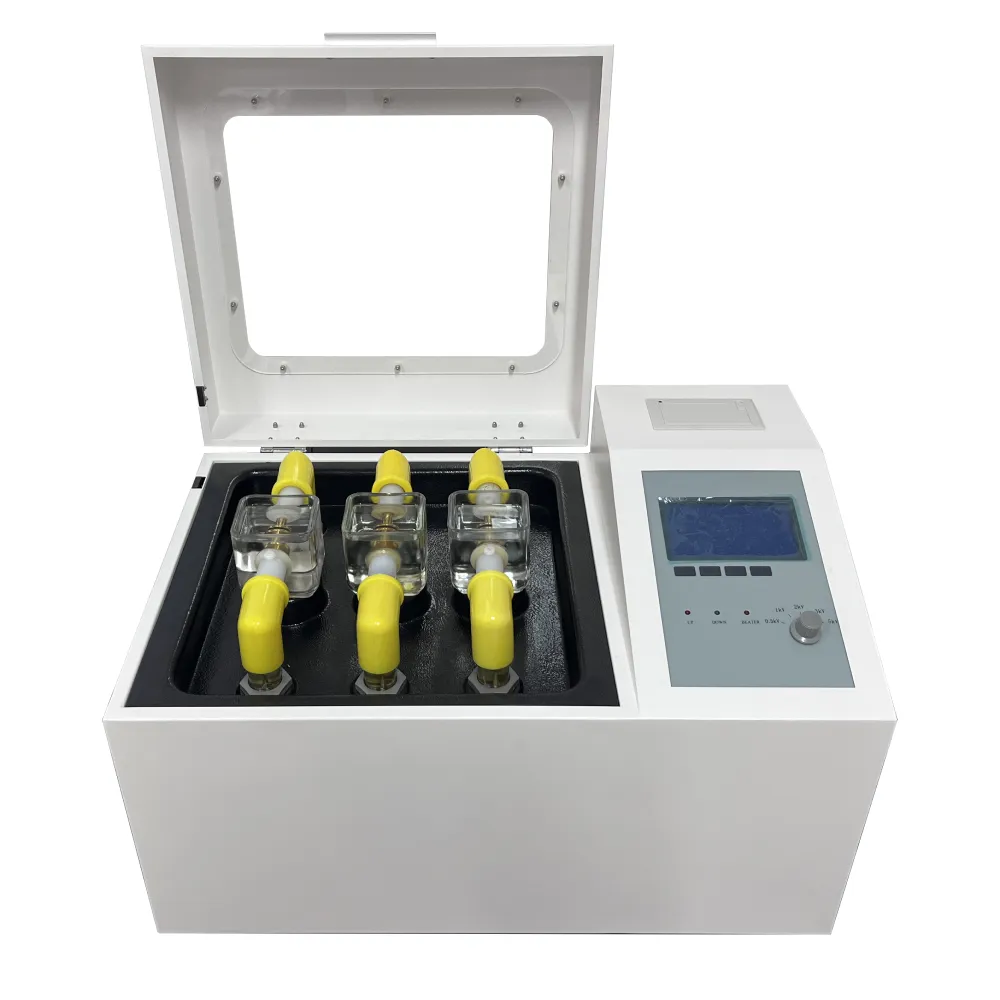 English
English



-
 Afrikaans
Afrikaans -
 Albanian
Albanian -
 Amharic
Amharic -
 Arabic
Arabic -
 Armenian
Armenian -
 Azerbaijani
Azerbaijani -
 Basque
Basque -
 Belarusian
Belarusian -
 Bengali
Bengali -
 Bosnian
Bosnian -
 Bulgarian
Bulgarian -
 Catalan
Catalan -
 Cebuano
Cebuano -
 China
China -
 China (Taiwan)
China (Taiwan) -
 Corsican
Corsican -
 Croatian
Croatian -
 Czech
Czech -
 Danish
Danish -
 Dutch
Dutch -
 English
English -
 Esperanto
Esperanto -
 Estonian
Estonian -
 Finnish
Finnish -
 French
French -
 Frisian
Frisian -
 Galician
Galician -
 Georgian
Georgian -
 German
German -
 Greek
Greek -
 Gujarati
Gujarati -
 Haitian Creole
Haitian Creole -
 hausa
hausa -
 hawaiian
hawaiian -
 Hebrew
Hebrew -
 Hindi
Hindi -
 Miao
Miao -
 Hungarian
Hungarian -
 Icelandic
Icelandic -
 igbo
igbo -
 Indonesian
Indonesian -
 irish
irish -
 Italian
Italian -
 Japanese
Japanese -
 Javanese
Javanese -
 Kannada
Kannada -
 kazakh
kazakh -
 Khmer
Khmer -
 Rwandese
Rwandese -
 Korean
Korean -
 Kurdish
Kurdish -
 Kyrgyz
Kyrgyz -
 Lao
Lao -
 Latin
Latin -
 Latvian
Latvian -
 Lithuanian
Lithuanian -
 Luxembourgish
Luxembourgish -
 Macedonian
Macedonian -
 Malgashi
Malgashi -
 Malay
Malay -
 Malayalam
Malayalam -
 Maltese
Maltese -
 Maori
Maori -
 Marathi
Marathi -
 Mongolian
Mongolian -
 Myanmar
Myanmar -
 Nepali
Nepali -
 Norwegian
Norwegian -
 Norwegian
Norwegian -
 Occitan
Occitan -
 Pashto
Pashto -
 Persian
Persian -
 Polish
Polish -
 Portuguese
Portuguese -
 Punjabi
Punjabi -
 Romanian
Romanian -
 Russian
Russian -
 Samoan
Samoan -
 Scottish Gaelic
Scottish Gaelic -
 Serbian
Serbian -
 Sesotho
Sesotho -
 Shona
Shona -
 Sindhi
Sindhi -
 Sinhala
Sinhala -
 Slovak
Slovak -
 Slovenian
Slovenian -
 Somali
Somali -
 Spanish
Spanish -
 Sundanese
Sundanese -
 Swahili
Swahili -
 Swedish
Swedish -
 Tagalog
Tagalog -
 Tajik
Tajik -
 Tamil
Tamil -
 Tatar
Tatar -
 Telugu
Telugu -
 Thai
Thai -
 Turkish
Turkish -
 Turkmen
Turkmen -
 Ukrainian
Ukrainian -
 Urdu
Urdu -
 Uighur
Uighur -
 Uzbek
Uzbek -
 Vietnamese
Vietnamese -
 Welsh
Welsh -
 Bantu
Bantu -
 Yiddish
Yiddish -
 Yoruba
Yoruba -
 Zulu
Zulu
Analysis of Oil Composition Through Breakdown Testing Methods
Understanding Oil Breakdown Testing A Comprehensive Guide
Oil breakdown testing is an essential procedure in various industries, particularly in the field of lubrication, automotive engineering, and machinery maintenance. This testing process evaluates the performance and longevity of lubricating oils under high-stress conditions, ensuring equipment operates efficiently and reducing the risk of failures. By understanding the principles, methods, and importance of oil breakdown testing, businesses can optimize their maintenance schedules and enhance operational reliability.
What is Oil Breakdown Testing?
Oil breakdown testing refers to the assessment of a lubricant's ability to maintain its properties under conditions that simulate real-world operational stresses. This testing measures how well the oil can withstand heat, pressure, and contamination over time. The breakdown of oil can lead to decreased lubrication efficiency, increased friction, and ultimately, equipment failure. Thus, regular testing is vital for predicting oil life and ensuring that machinery runs smoothly.
Key Parameters Measured in Oil Breakdown Testing
1. Viscosity This is a critical property of lubricating oils, as it dictates how well the oil flows and adheres to surfaces. Changes in viscosity can indicate breakdown and the onset of oil aging.
2. Total Acid Number (TAN) As oils break down, they generate acids that can corrode engine parts. Monitoring TAN levels helps identify the oil's condition and predict its remaining useful life.
3. Total Base Number (TBN) TBN measures the oil's ability to neutralize acids. A diminishing TBN indicates that the oil's ability to protect engine components is waning.
4. Pour Point This determines the lowest temperature at which the oil will flow. Understanding the pour point is essential for operating conditions in colder environments.
5. Carbon Residue The amount of carbon residue formed during testing can indicate the oil's performance in high-temperature applications. High levels of residue may suggest the oil is degrading too quickly.
6. Flash Point This is the temperature at which the oil emits enough vapor to ignite. Knowing the flash point helps ensure safety in environments with high temperatures.
Methods of Oil Breakdown Testing
oil breakdown test

Oil breakdown testing can be performed using various techniques, including
- Laboratory Testing Specialized labs conduct detailed analyses of oil samples using advanced instruments to gauge various parameters simultaneously. This method provides comprehensive insights into the oil's condition.
- Field Testing Some industries employ portable testing kits that allow for on-site evaluations. This approach offers quick results, helping industries make immediate decisions regarding maintenance.
- Regular Sample Analysis Taking regular oil samples from machinery and analyzing them over time can help track the oil's degradation pattern. This proactive approach enables timely interventions before failures occur.
Importance of Oil Breakdown Testing
1. Preventive Maintenance Regular testing helps identify problems before they lead to costly breakdowns, saving businesses time and money associated with repairs.
2. Longevity of Equipment Extending the life of machinery by ensuring it runs on high-quality lubricants translates to significant financial savings in the long run.
3. Environmental Considerations Properly managed oil usage reduces waste and minimizes the environmental impact associated with oil disposal and machinery failures.
4. Operational Efficiency Ensuring that machinery operates under optimal conditions enhances productivity, thereby driving higher profits for businesses.
Conclusion
Oil breakdown testing is an invaluable tool for industries that rely on machinery and lubrication. By understanding the factors involved in oil breakdown and the importance of regular testing, businesses can improve maintenance practices, reduce costs, and enhance the overall performance of their equipment. As technology continues to advance, incorporating oil breakdown testing into routine maintenance protocols will become increasingly crucial in driving operational success.
-
Testing Equipment Industry Sees Major Advancements in 2025: Smart & Precision Technologies Lead the WayNewsJun.06,2025
-
Applications of Direct Current Generators in Renewable Energy SystemsNewsJun.05,2025
-
Hipot Tester Calibration and Accuracy GuidelinesNewsJun.05,2025
-
Digital Circuit Breaker Analyzer Features and BenefitsNewsJun.05,2025
-
Benefits of Real-Time Power Quality Monitoring Devices for Industrial EfficiencyNewsJun.05,2025
-
Earth Fault Loop Testing in High-Rise Building Electrical SystemsNewsJun.05,2025



